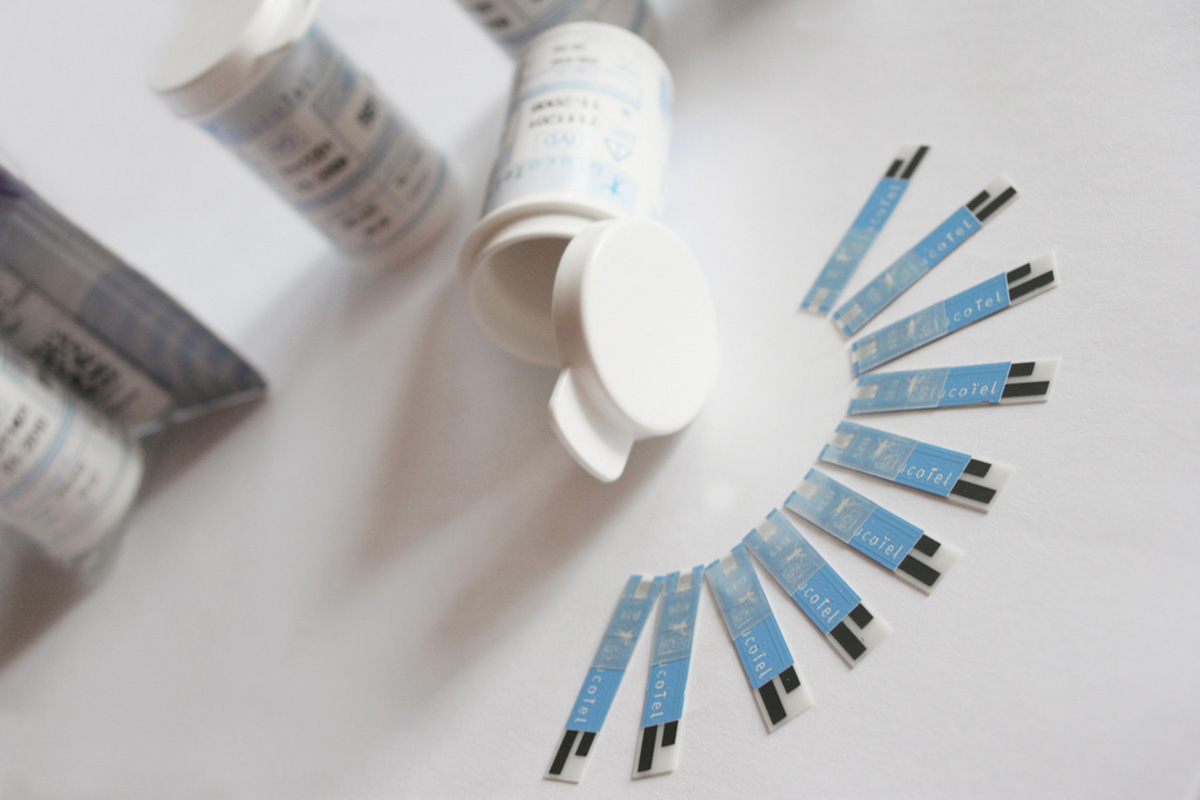Table of Contents
Diabetes is a group of chronic disorders characterized by high levels of blood sugar (glucose) resulting from problems in how a natural hormone called insulin is produced, how insulin works, or both. Most patients are diagnosed with one of two types — type 1 diabetes or type 2 diabetes.

Type 1 diabetes, also previously known as juvenile-onset diabetes, is usually diagnosed during your mid-teens. Type 2 diabetes, also previously called adult-onset diabetes, is usually diagnosed later in life. However, both types can occur at any age, and we are seeing more people being diagnosed with type 1 diabetes in adulthood and more people being diagnosed with type 2 diabetes at a younger age. Of the two types, type 2 diabetes is much more common, accounting for up to 95 percent of all diagnosed cases of diabetes.
See Also: Diabetes Drug Now OK for Weight Loss
According to the US Centers for Disease Prevention and Control (CDC), during 2008–2009, nearly 18,500 people below age 20 years were newly diagnosed with type 1 diabetes, while around 5,000 people in the same age bracket were newly diagnosed with type 2 diabetes annually.
- Medline Plus. Type 1 diabetes. http://www.nlm.nih.gov/medlineplus/ency/article/000305.htm
- CDC. National Diabetes Statistics Report, 2014. http://www.cdc.gov/diabetes/pubs/statsreport14/national-diabetes-report-web.pdf
- National Diabetes Information Clearinghouse (NDIC). Causes of Diabetes. http://diabetes.niddk.nih.gov/dm/pubs/causes/
- WJD. Latent autoimmune diabetes in adults: A distinct but heterogeneous clinical entity. http://www.ncbi.nlm.nih.gov/pmc/articles/PMC3083891/
- WebMD. Type 1 Diabetes. http://www.webmd.com/diabetes/guide/type-1-diabetesPhoto courtesy of Bodytel via Flickr: www.flickr.com/photos/bodytel/5476255676
- Photo courtesy of Stevendepolo via Flickr: www.flickr.com/photos/stevendepolo/5233546650
- www.nlm.nih.gov
- www.cdc.gov
- www.ncbi.nlm.nih.gov
- niddk.nih.gov
- www.webmd.com


Your thoughts on this